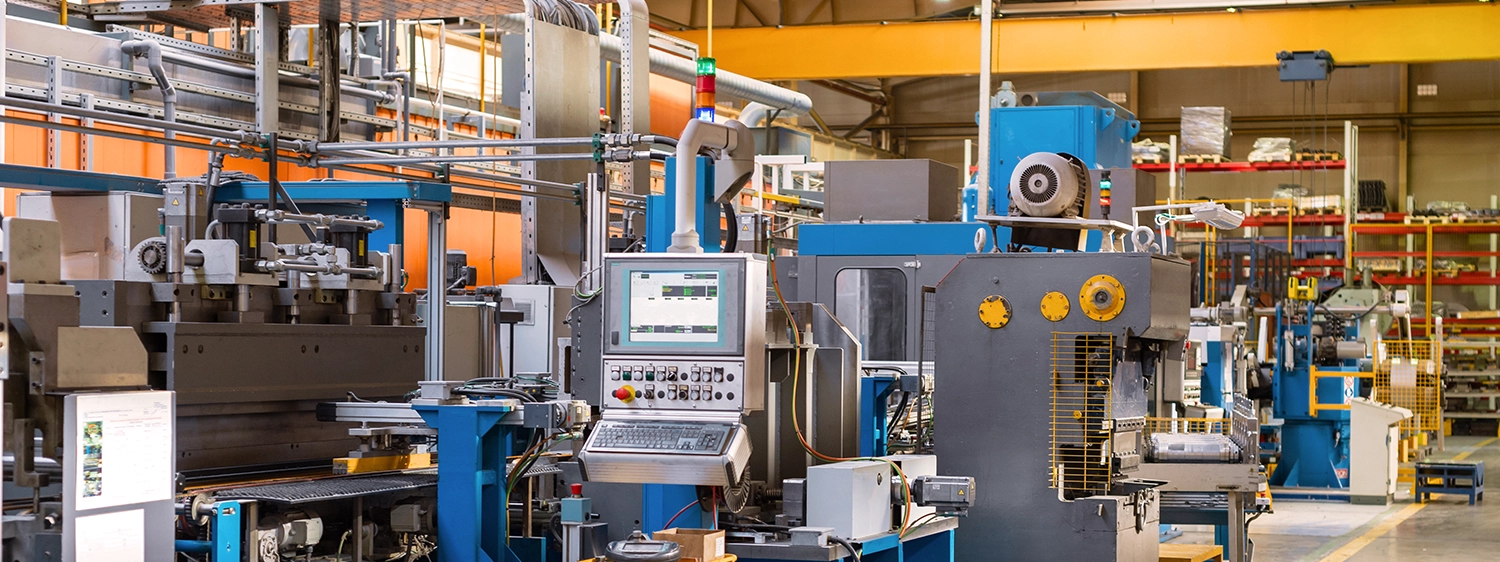Article
TCJA sunset in 2025: 4 considerations for your manufacturing business
When the Tax Cuts and Jobs Act (TCJA) was signed into law in 2017, it brought sweeping changes to the tax code—many of which have been tax advantageous for businesses. However, several of the TCJA provisions are set to sunset, or expire, at the end of 2025.
While Congress could certainly extend some or all, nothing is guaranteed. With this in mind, it’s wise to begin preparing for tax changes, including higher tax rates, as soon as possible in the event Congress and the newly elected president do not take legislative action prior to the provisions’ sunset.
Here are a few actions manufacturing businesses should consider before the end of 2024.
1. Look at possible capital expenditures.
Section 179 expensing, which allows businesses to deduct the full purchase price of certain assets during the tax year, may be decreased after 2025 if Congress doesn’t act to extend it. This is also true for bonus depreciation. To take advantage of the current tax benefits, consider accelerating capital expenditures such as machinery and equipment.
Remember: Minnesota is now in compliance with the IRS for Section 179 but not for bonus depreciation.
2. Review your entity structure.
The qualified business income (QBI) deduction was created by the TCJA and allows owners of pass-through entities to deduct up to 20% of their QBI on their personal taxes. Given the QBI deduction is set to expire after 2025, it’s a good idea to review your business structure.
Does it make sense to stick with your current entity structure if tax rates go up and the QBI deduction goes away? Keep in mind that the C corporation structure offers a significant tax advantage for businesses that ship out of state.
3. Accelerate income into pre-2026.
Accelerating income is not your typical tax planning strategy. In this situation, however, it could make sense. (You could also consider deferring deductions.)
This atypical approach could help you take advantage of the QBI deduction as well as lower tax rates. Starting now (by the end of 2024) lets you spread out accelerating income over two tax years instead of pushing everything off to 2025.
4. Explore Roth conversions.
If you have a traditional IRA, you can elect to convert all or a portion of it into a Roth IRA. While you’ll pay tax on the value when you roll it over, a Roth IRA will allow your money to grow income tax-free. A good strategy may be to use 2024 and 2025 to make these conversions ahead of the potentially higher tax rates.
Be sure to consider maintaining both pre-tax and post-tax accounts, as having different “buckets” of retirement income is beneficial for tax planning.
Plan for change, but stay flexible.
Yes, some of the TCJA provisions may be extended. That said, it’s important to plan as if these tax benefits are going away. Playing catch up to tax laws is never a good strategy.
The most important thing may be to consider taking certain items into income and paying some tax now. We usually want to kick the can down the road when tax planning, but it may be wise to consider different options for 2024 and 2025.
Certainly there’s a lot to contemplate as we head into 2025 and it can be hard to know where to start. The team at Abdo is here to help you find the right path for your specific circumstances. If you’d like to explore what may or may not make sense for you, contact us today.
September 17, 2024
Meet the Expert
Reach out to our team
Let's discuss
Interested in discussing this topic further? Fill out this form to get in touch with our advisors and get the conversation started. Together, we can help light the path forward to a brighter future.
"*" indicates required fields

